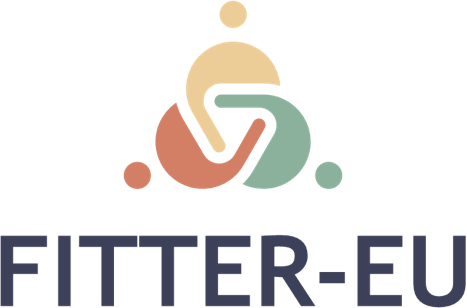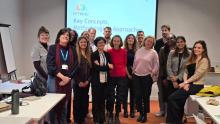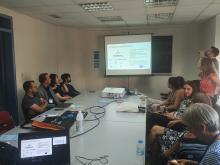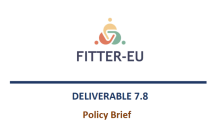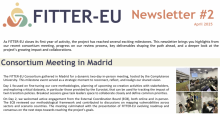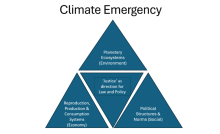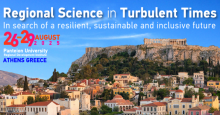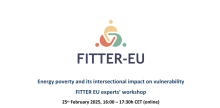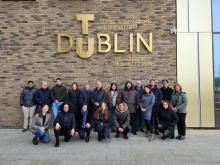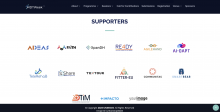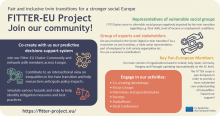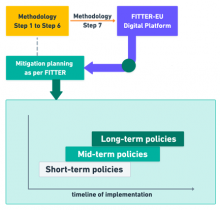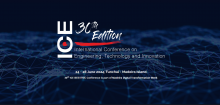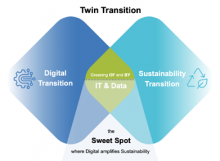The FITTER methodology

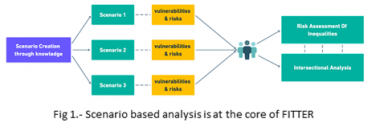
The twin green and digital transition represents a unique opportunity to enhance social justice and wellbeing for all. Despite this, both transitions have been associated with a series of risks and possible detrimental social effects[1]. FITTER-EU (FITTER) aims to contribute to research on the origins, dynamics and determinants of inequalities and enable anticipatory governance to support a fair and inclusive twin transition in Europe.
To achieve this contribution, FITTER will co-design the definition of scenarios, each forecasted within a 30-year timeframe, and use these scenarios to carry out a risk assessment of inequalities and their intersections for the population under study.
Policymakers will be provided with a digital platform powered by an intelligent predictive decision support system (IPDSS) to support the development of short-term, mid-term and long-term mitigation measures based on these scenarios and the quantitative risk assessment.
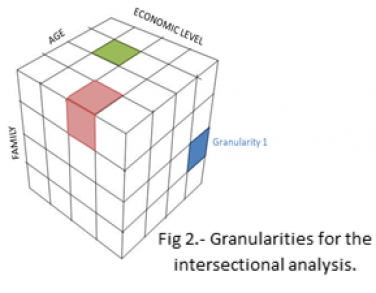
The methodology followed by FITTER can be summarized in 7 easy steps:
Step 1 .- Analysis of the trends and lessons learnt in 4 main sectors: Energy, Transport, Building & Housing and Food & Agriculture[2].
Step 2 - Forecasting future scenarios: FITTER will work on the basis of 3 scenarios in a time frame of around 30 years.
Step 3 .- Identification of disadvantaged groups hazards, negative impacts and mitigation measures, considering both the economically active and inactive population.

Step 4 - Calculation of probabilities of hazards and severity rates of impacts, deploying an intersectional analysis.
Step 5 - Calculation of the Magnitude of Risk and the Total Risk[3].
Step 6 - Issuing a mitigation plan. The value of the Total Risk per each disadvantaged group and hazard will be hierarchized from the highest to the lowest, and the hazards accumulating the 80% of the total risk across all 3 scenarios are chosen for mitigation planning.
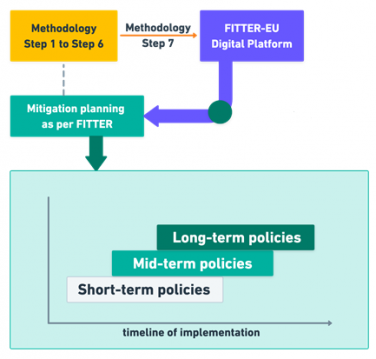
Step 7 .- Making the knowledge actionable: Development and validation of a digital platform[SC1] [fs2] , capable to provide short-term, mid-term and long-term policies to mitigate the risks from twin transition.
The FITTER action is conducted in the framework of the call HORIZON-CL2-2023 TRANSFORMATIONS-01-10[4] in cooperation with other 2 sister projects: ST4TE[5] and READJUST[6]. An open and regular dialogue among ambassadors of these 3 projects is planned [SC3] [fs4] with the aim at aligning future intersectional analysis and a common glossary of concepts and terms on which to build up.
[1] JRC Science for Policy Report (2022). Towards a Green & Digital Future. Key requirements for successful twin transitions in the European Union. Luxembourg: Publications Office of the European Union.
[2] Towards a green and digital future (Publications Office of the European Union). https://publications.jrc.ec.europa.eu/repository/handle/JRC129319
[3] EN ISO 31000 Risk Management. https://www.iso.org/iso-31000-risk-management.html
[4] https://ec.europa.eu/info/funding-tenders/opportunities/portal/screen/opportunities/topic-details/horizon-cl2-2023-transformations-01-10?keywords=HORIZON-CL2-2023-TRANSFORMATIONS-01-10&closed=true&programmePeriod=2021%2520-%25202027&frameworkProgramme=43108390
[5] https://cordis.europa.eu/project/id/101132559
[6] https://cordis.europa.eu/project/id/101132562
